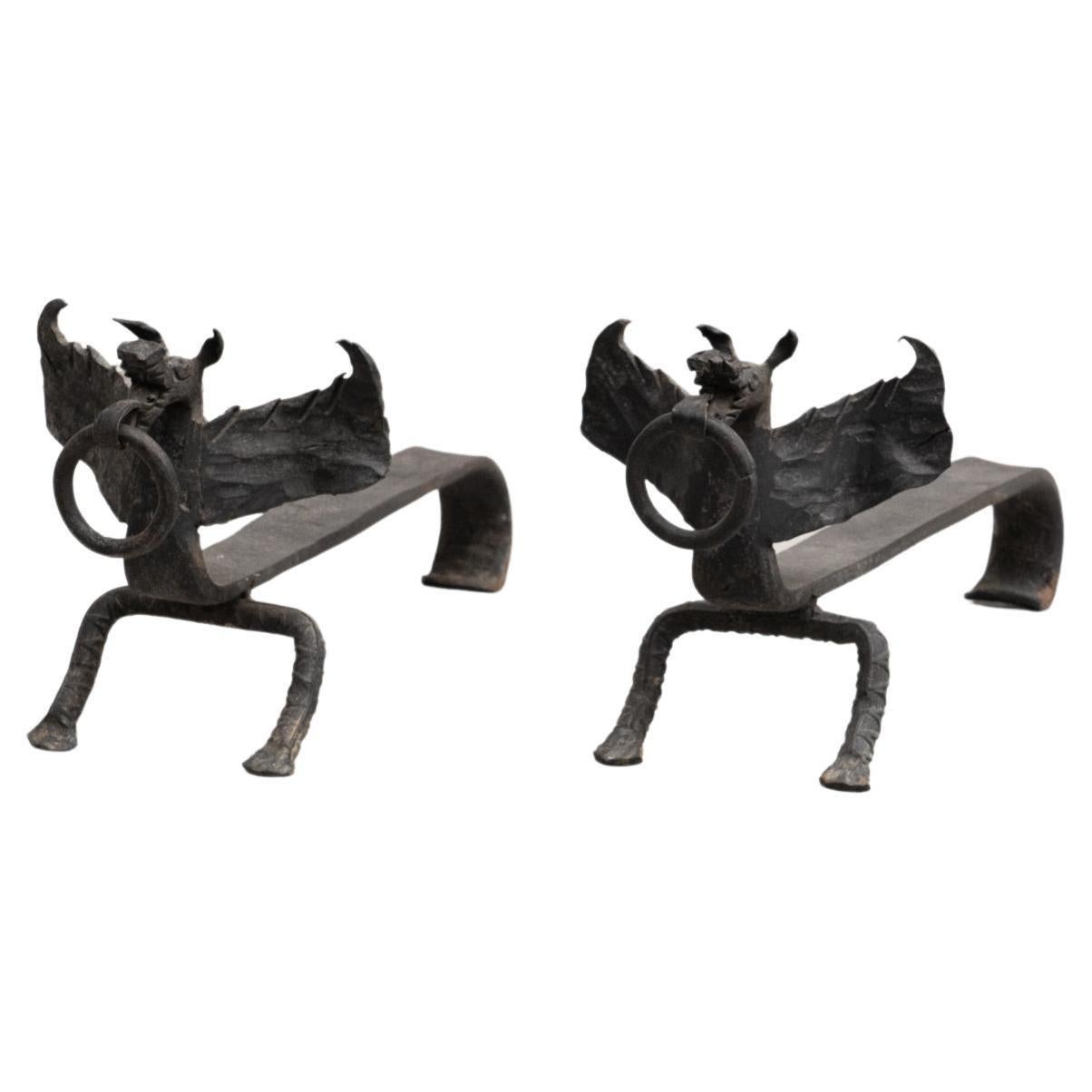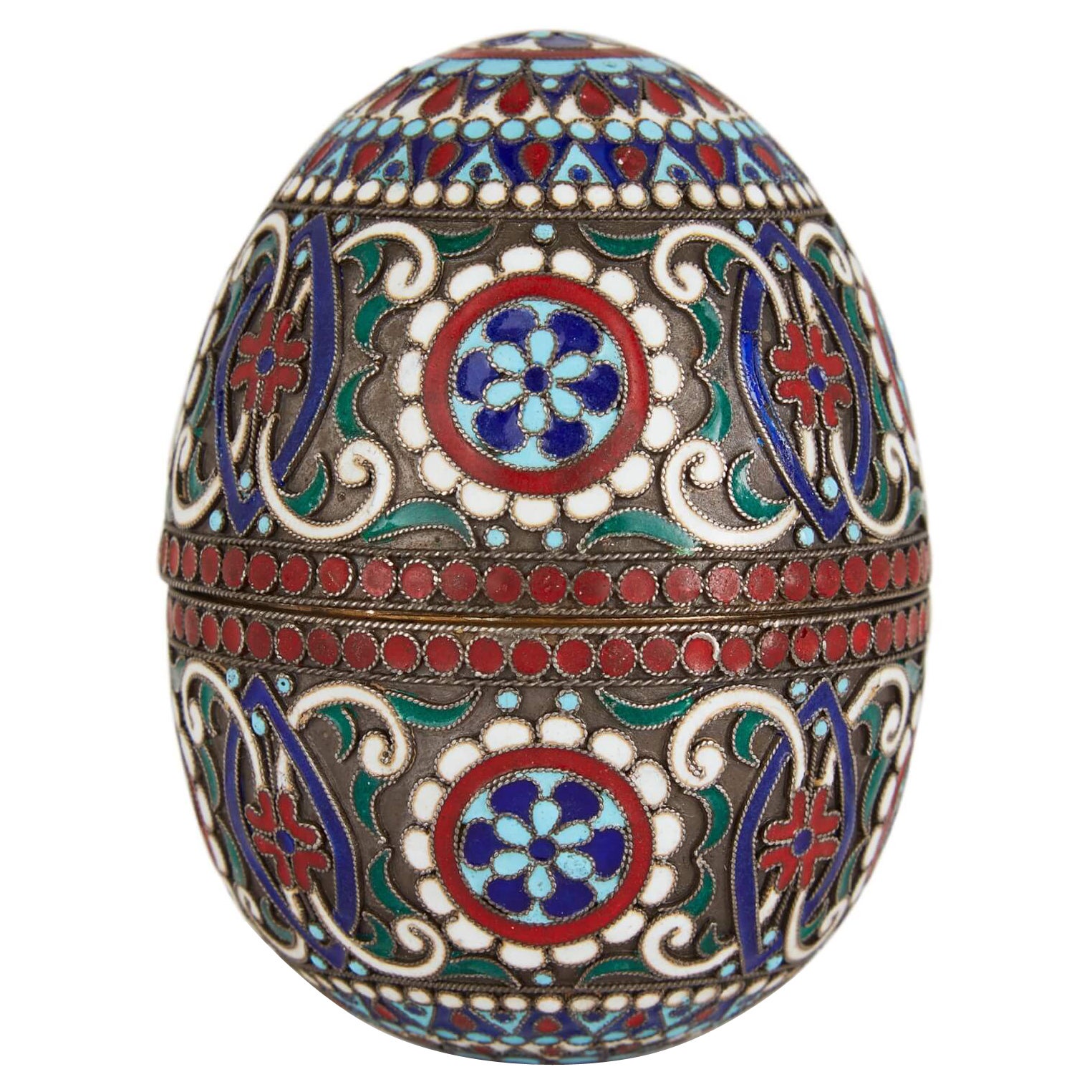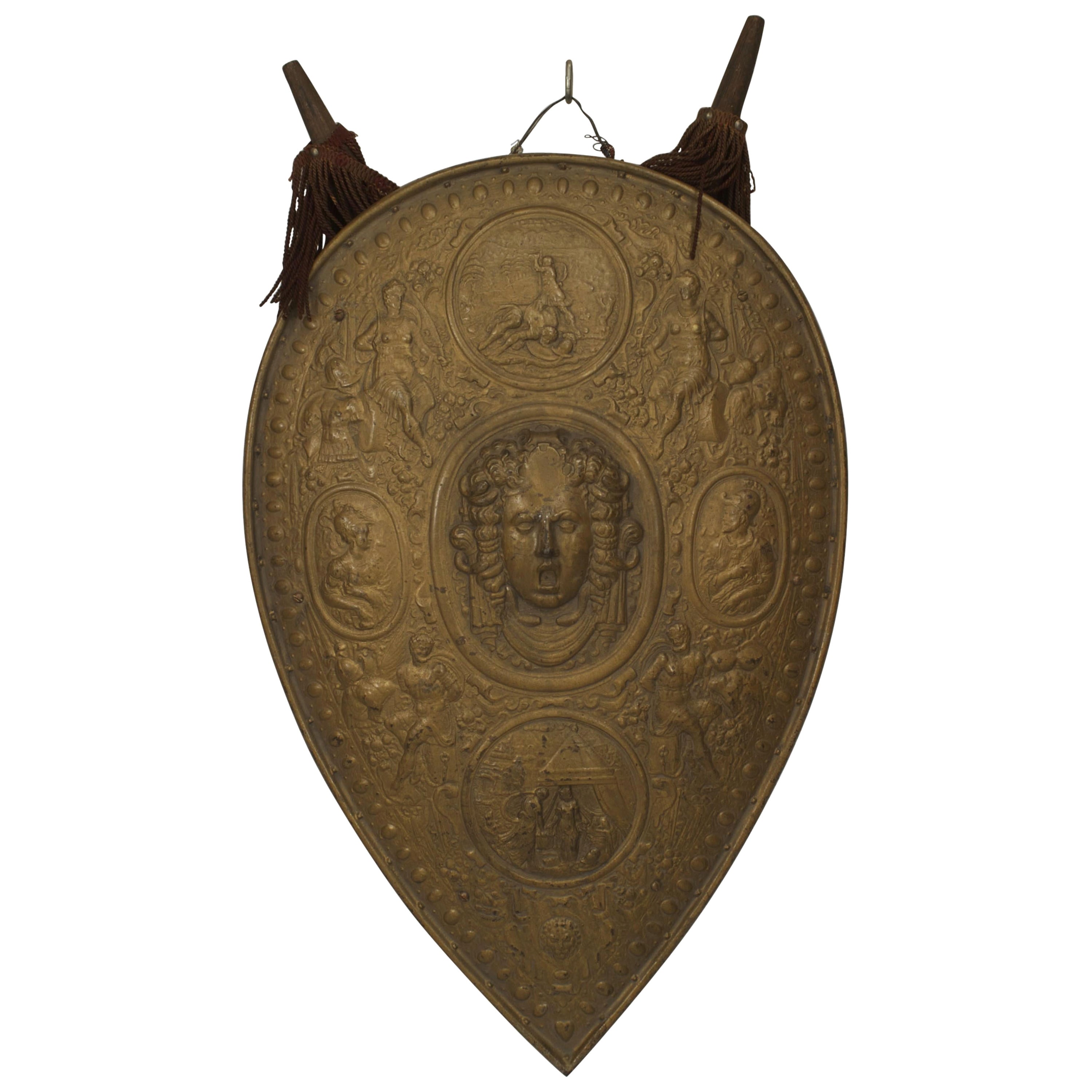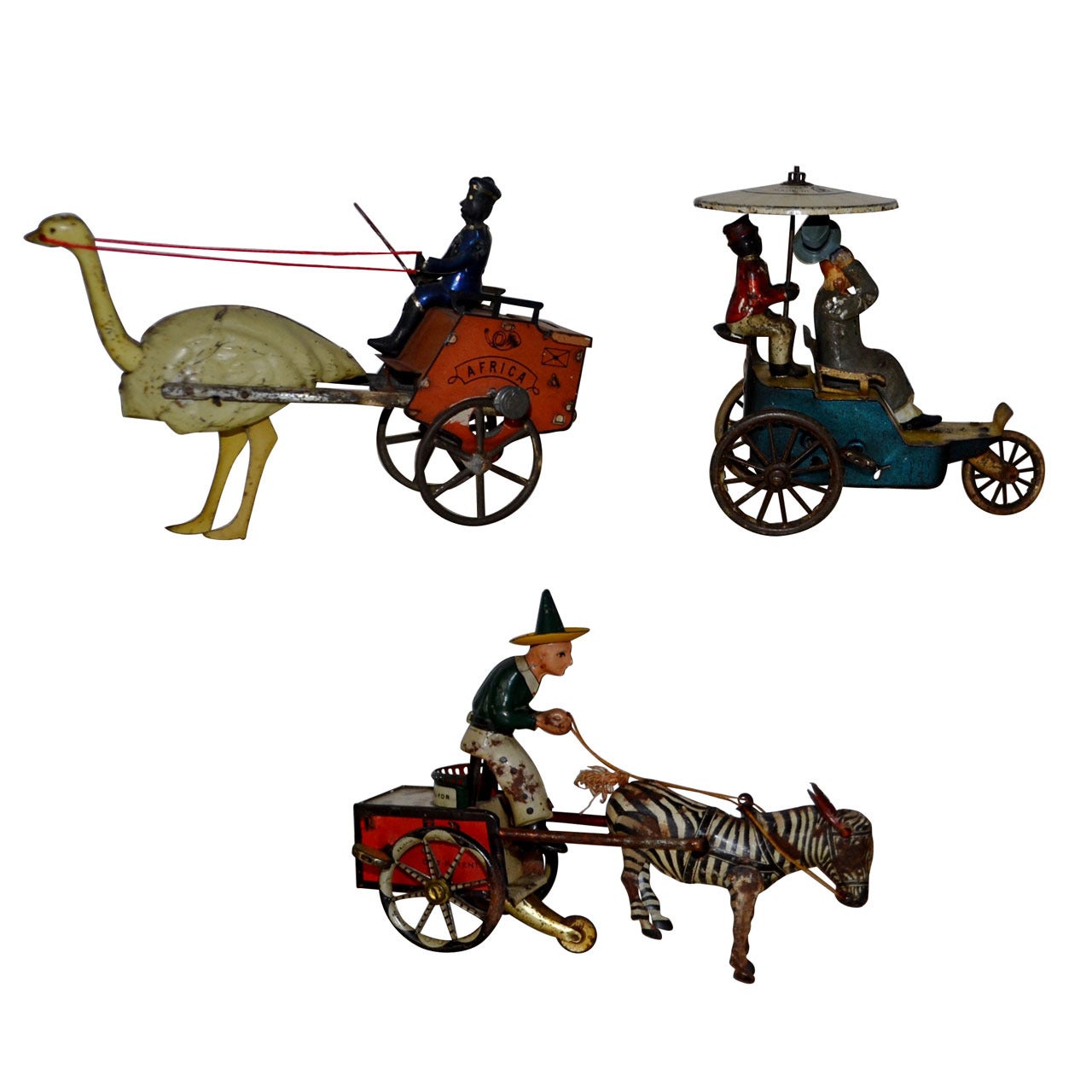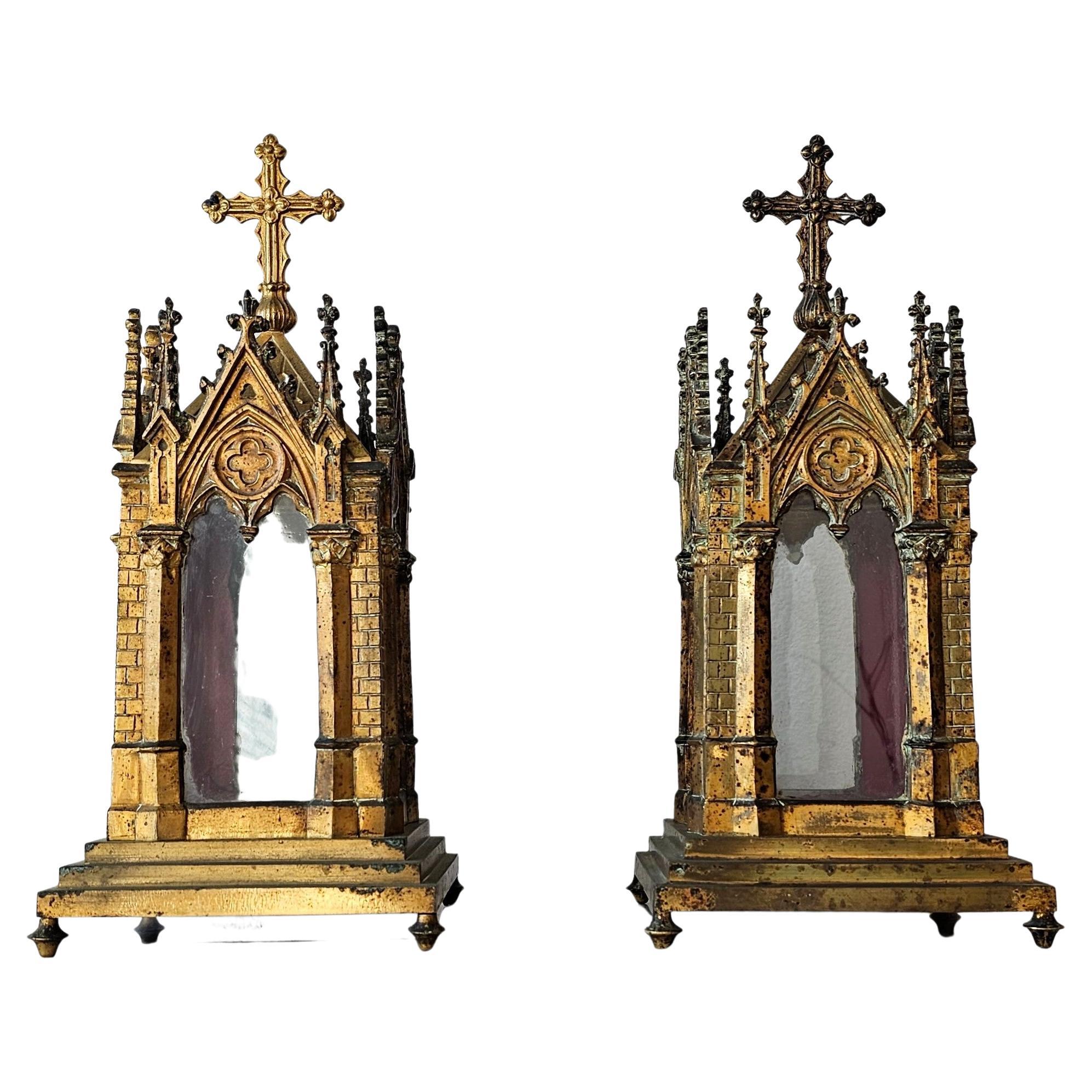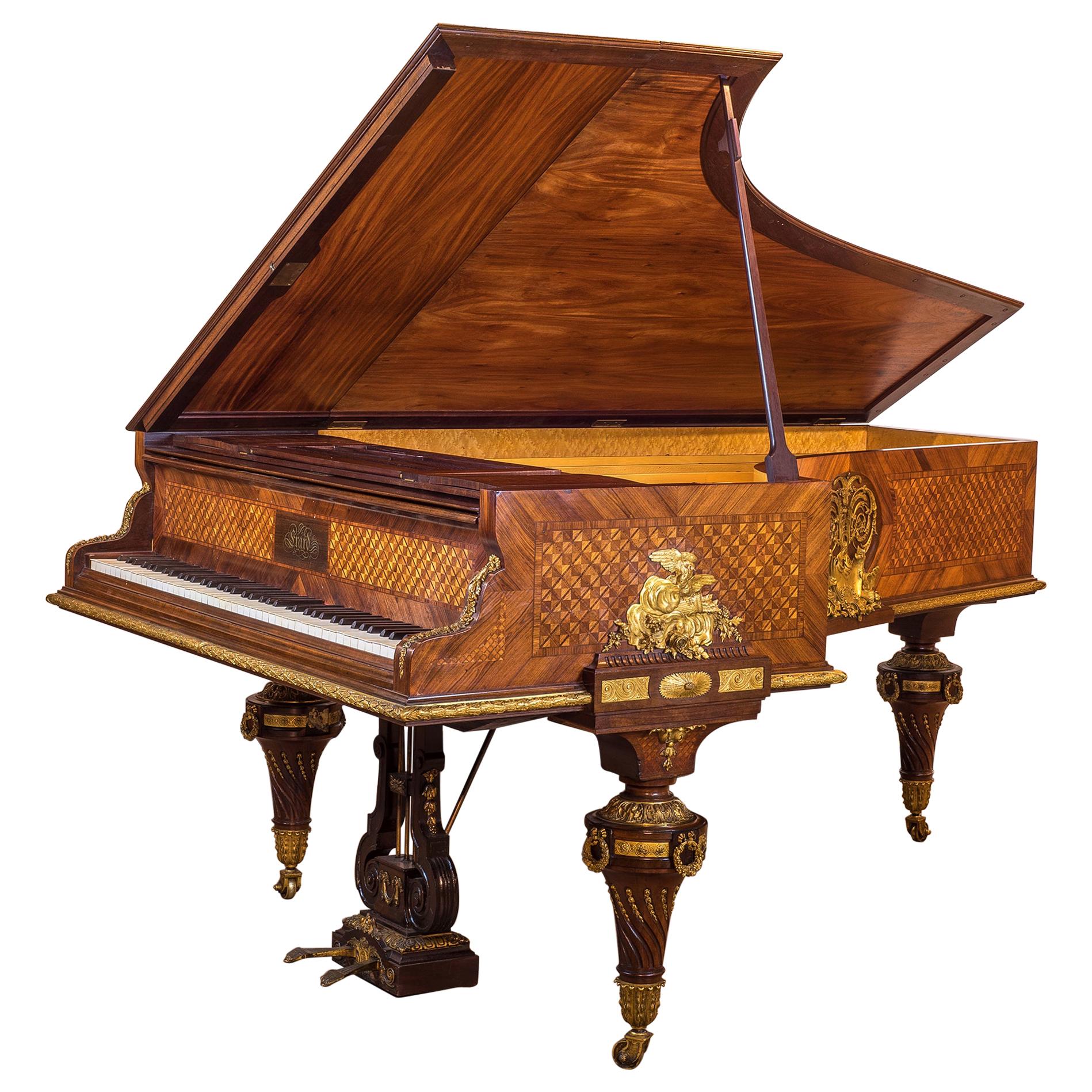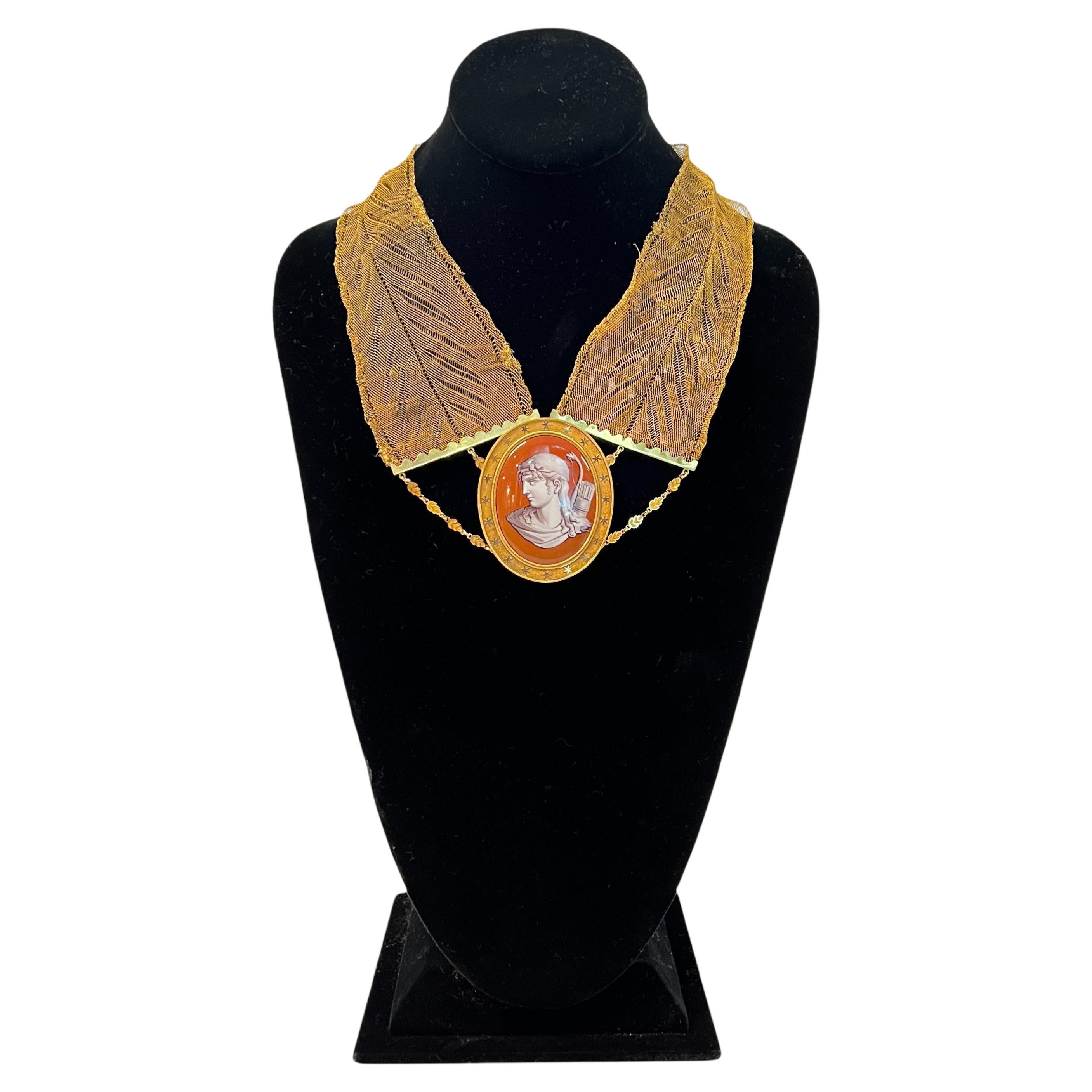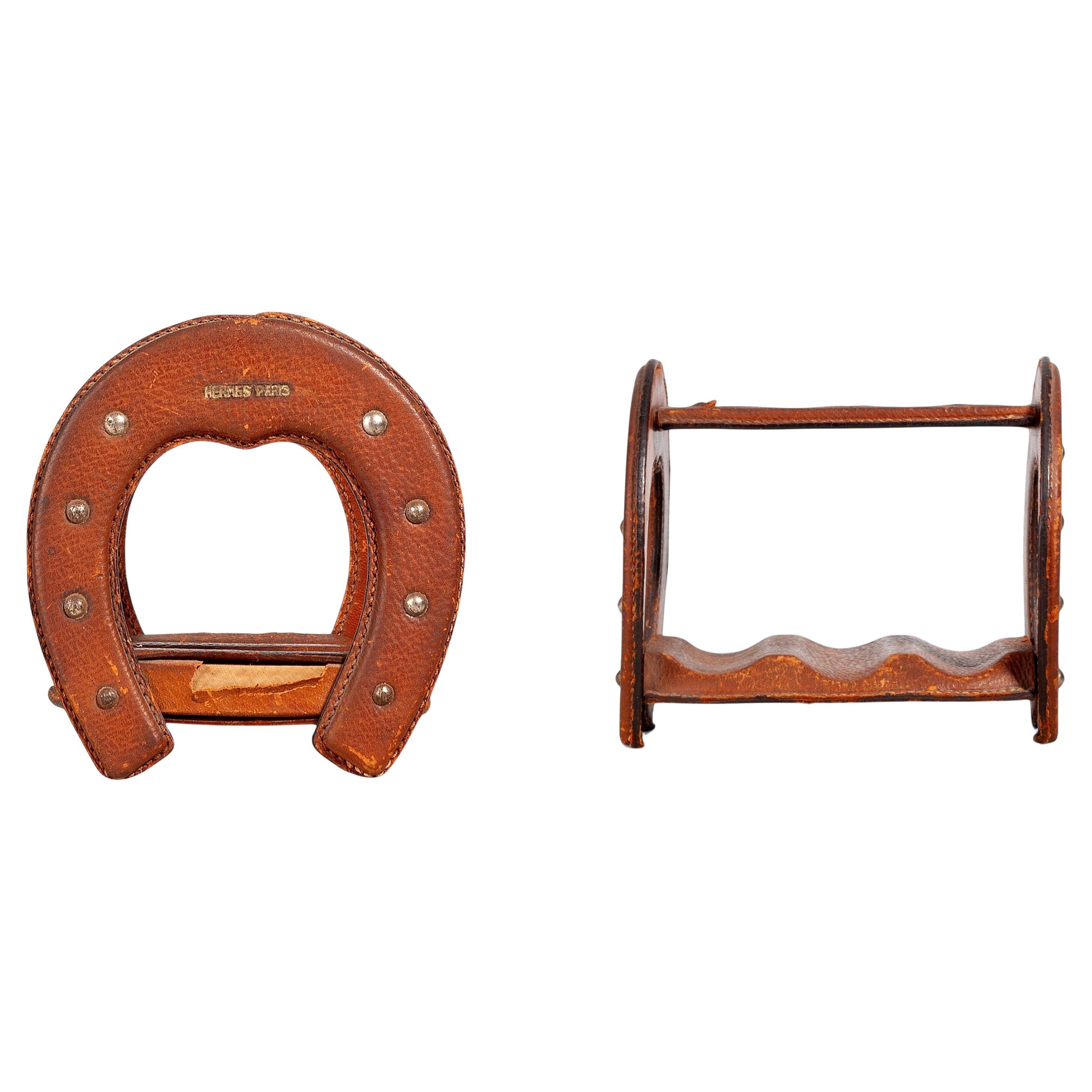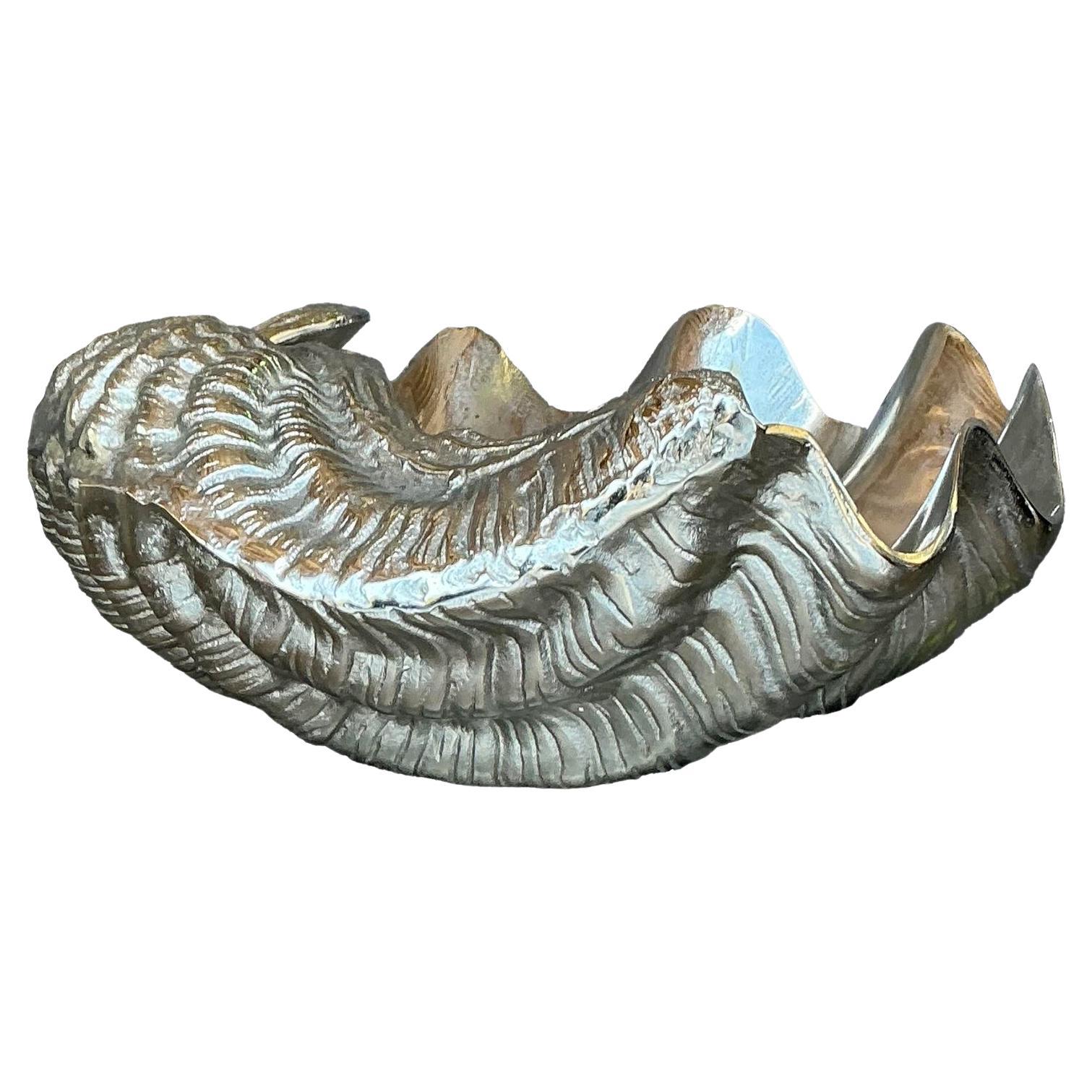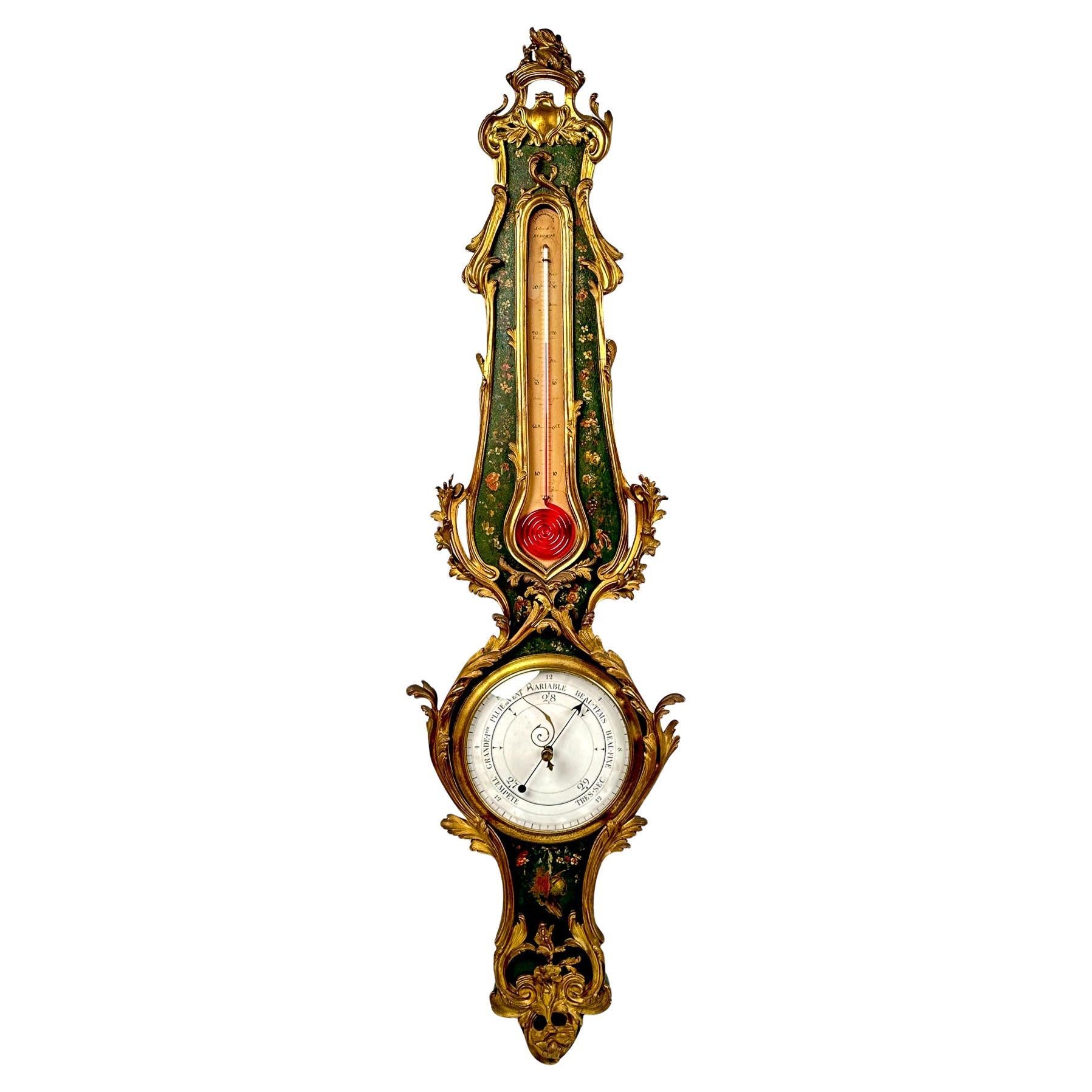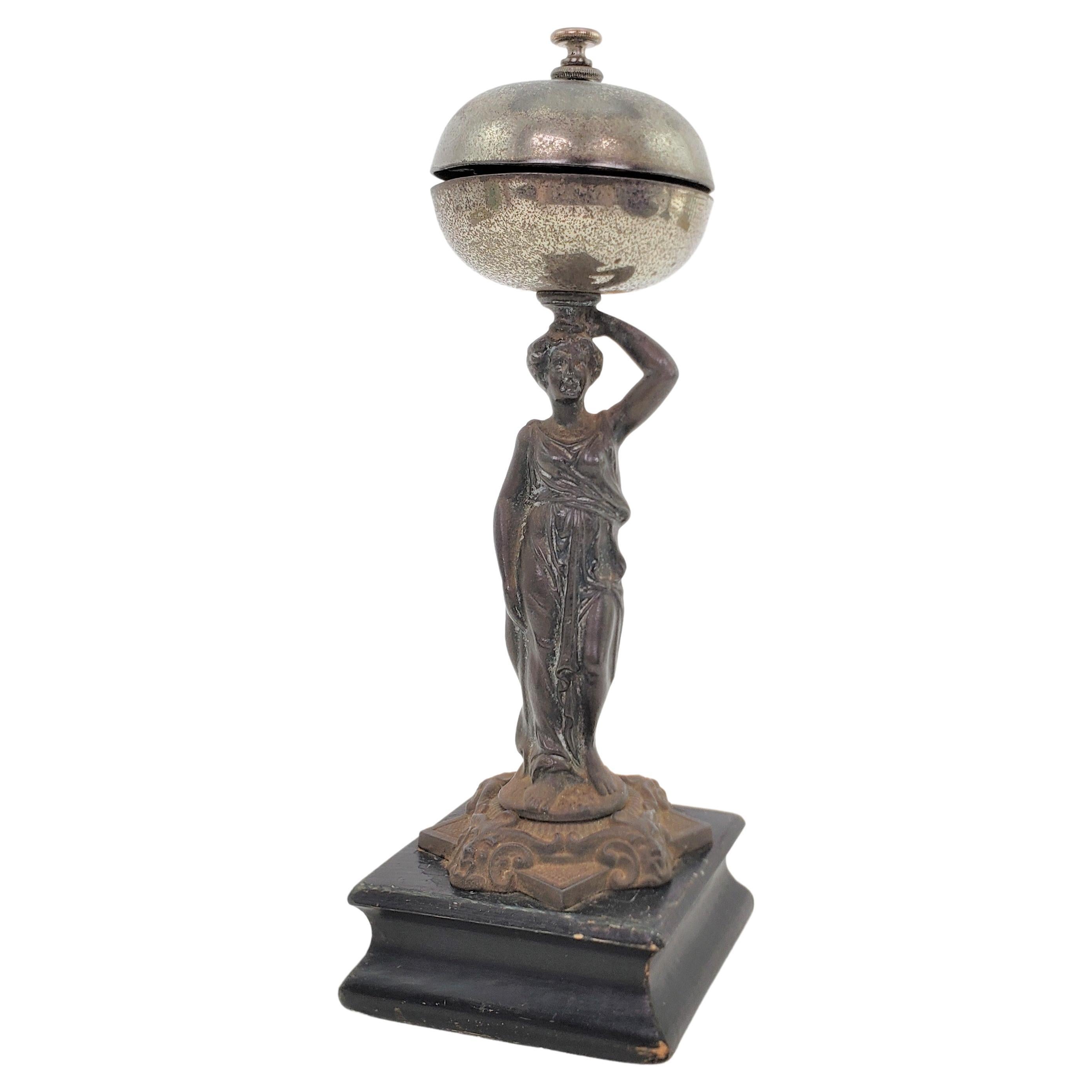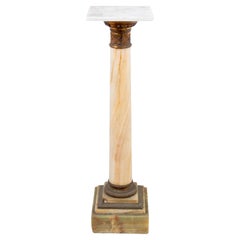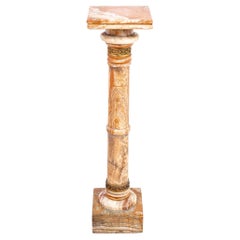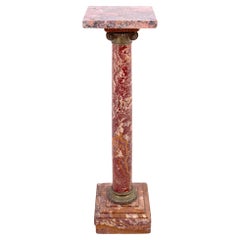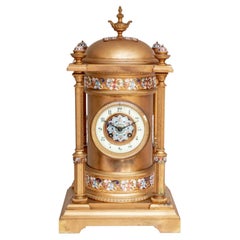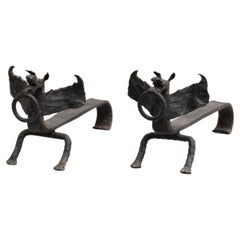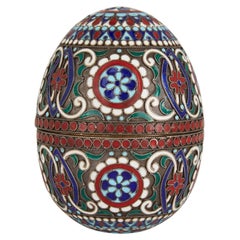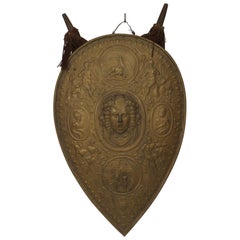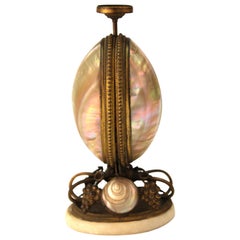
French Nautilus Shell and Ormolu Gilt Metal Mounted Egg-Shaped Mechanical Holder
View Similar Items
Want more images or videos?
Request additional images or videos from the seller
1 of 14
French Nautilus Shell and Ormolu Gilt Metal Mounted Egg-Shaped Mechanical Holder
About the Item
- Dimensions:Height: 7.25 in (18.42 cm)Diameter: 4 in (10.16 cm)
- Style:Neoclassical Revival (In the Style Of)
- Materials and Techniques:
- Place of Origin:
- Period:
- Date of Manufacture:19th Century
- Condition:Wear consistent with age and use. Minor losses. The piece is lacking the top shell and some interior elements from the stand and is a bit loose on the base.
- Seller Location:Astoria, NY
- Reference Number:Seller: S138XX - 112940 - 10181stDibs: LU889312312633
About the Seller
4.9
Gold Seller
Premium sellers maintaining a 4.3+ rating and 24-hour response times
1stDibs seller since 2010
2,569 sales on 1stDibs
Typical response time: 3 hours
Authenticity Guarantee
In the unlikely event there’s an issue with an item’s authenticity, contact us within 1 year for a full refund. DetailsMoney-Back Guarantee
If your item is not as described, is damaged in transit, or does not arrive, contact us within 7 days for a full refund. Details24-Hour Cancellation
You have a 24-hour grace period in which to reconsider your purchase, with no questions asked.Vetted Professional Sellers
Our world-class sellers must adhere to strict standards for service and quality, maintaining the integrity of our listings.Price-Match Guarantee
If you find that a seller listed the same item for a lower price elsewhere, we’ll match it.Trusted Global Delivery
Our best-in-class carrier network provides specialized shipping options worldwide, including custom delivery.More From This Seller
View AllFrench Gilt Metal Mounted Alabaster Pedestal
Located in Astoria, NY
French Gilt Metal Mounted Alabaster Pedestal, late 19th century, with a later square top on a tapering column and stepped square plinth. 41.5" H x 11" W x 11" D.
Category
Antique Late 19th Century French Pedestals and Columns
Materials
Stone, Alabaster, Marble
French Gilt Metal Mounted Alabaster Pedestal
Located in Astoria, NY
French Gilt Metal Mounted Alabaster Pedestal, early 20th century. 39" H x 10" W x 10" D. The specimen marble exhibits a range of cream and beige hues, with prominent veining in shade...
Category
Early 20th Century French Pedestals and Columns
Materials
Alabaster, Marble, Metal
French Gilt Metal Mounted Sicilian Jasper Pedestal
Located in Astoria, NY
French Gilt Metal Mounted Sicilian Jasper Pedestal from the early 20th century, with an associated square granite top, above an ionic column, on a square plinth. The pedestal is a b...
Category
Early 20th Century European Neoclassical Pedestals and Columns
Materials
Stone
French Gilt Metal and Champleve Enamel Clock
Located in Astoria, NY
French Gilt Metal and Champleve Enamel Clock, late 19th century, of architectural form, the circular enamel dial, with strike on gong movement, the domed top supported by four column...
Category
Early 20th Century French Provincial Mantel Clocks
Materials
Metal
Victorian Wedgwood Mounted Gilt Metal Triple Frame
By John Flaxman, Wedgewood
Located in Astoria, NY
Victorian Wedgwood Mounted Gilt Metal Triple Frame, Howell, James & Co. of Regent Street, London, mounted with an old Wedgwood blue jasperware plaque after designs by John Flaxman (E...
Category
Antique Late 19th Century British Victorian Picture Frames
Materials
Metal
Louis XV Style Gilt Metal Mounted Bureau Plat
Located in Astoria, NY
Louis XV Style Gilt Metal Mounted Bureau Plat, with gilt-tooled black leather top above two drawers atop four cabriole legs. 32.25" H x 45.25" W x 26.5" D.
Category
20th Century Louis XV Desks and Writing Tables
Materials
Ormolu
You May Also Like
Set of 2 Early XX Century Metal Dragon Shaped Fireplace Holders
Located in Barcelona, ES
Antique metal traditional Catalan fireplace holders with a dragon shape. Made in Spain by unknown manufacturer, circa 1900. In original condition, with minor wear consistent wi...
Category
Early 20th Century Spanish Mid-Century Modern Scientific Instruments
Materials
Metal
$1,291 Sale Price / item
20% Off
Russian Cloisonné Enamel and Silver Gilt Egg
Located in London, GB
Russian cloisonné enamel and silver gilt egg
Russian, 20th Century
Height 7cm, diameter 5cm
The complex technique of cloisonné enamelling is ...
Category
20th Century Russian Models and Miniatures
Materials
Silver, Enamel
$2,750 Sale Price
20% Off
Italian Renaissance Gilt Metal Shield
Located in Queens, NY
Italian Renaissance-style (19th/20th Century) gold painted metal shield with classic head center surrounded by Renaissance figures.
Category
Antique 19th Century Italian Renaissance Revival Arms, Armor and Weapons
Materials
Metal
Vintage Lehmann Mechanical Metal Toys with Colonial Theme
Located in Copenhagen, K
Very nice and funny looking Lehmann mechanical toys, from circa 1920, with colonial theme.
Ostrich is sold.
Category
Early 20th Century German Toys and Dolls
Materials
Metal
$550 Sale Price / item
34% Off
Charles X Diamond-Shaped Gilt Mercury Barometer, Circa 1820, Paris, France
Located in NICE, FR
This diamond-shaped mercury barometer reflects the refined style of the Charles X period. Its unique shape and reverse-painted glass panel — adorned with gilded scrolls, stars, and f...
Category
Antique 1820s French Napoleon III Scientific Instruments
Materials
Glass, Giltwood
Fine 19th Century French Neo-Gothic Gilt Metal Cathedral Church Reliquary Pair
Located in Forney, TX
A stunning pair of very fine quality French Neo-Gothic gilt metal church reliquaries. circa 1860s
Most impressive objets d’art, born in France in the second half of the 19th century, most likely Parisian gilded bronze and brass ormolu work, exceptionally executed sculptural form, the exquisitely detailed architectural cathedral shaped case having a removable pointed steeple roof with cross finial, opening to relic display case surrounded on all sides by original glazed glass panes, stepped base, rising on disc feet. Signed, stamped by maker / bronzier "BC" (unknown) model "5096" and other faint marks to lid interiors.
Additional photos available upon request
Dimensions: (approx)
14.75" High, 6.75" Wide, 6.75" Deep; 13.25 lbs total
History:
A reliquary (also referred to as a shrine, by the French term châsse or monstrance) is a container for important religious relics.
The earliest reliquaries were essentially boxes, either simply box-shaped or based on an architectural design, taking the form of a model of a church with a pitched roof. These latter are known by the French term chasse, and typical examples from the 12th to 14th century have wooden frameworks with gilt-copper plaques nailed on, decorated in champlevé enamel. Limoges was the largest production centre; NB the English usage differs from that of the French châsse, which denotes large size rather than shape.
Relics of the True Cross became very popular from the 9th century onward and were housed in magnificent gold and silver cross-shaped reliquaries decorated with enamels and precious stones. From about the end of the 10th century, reliquaries in the shape of the relics they housed also became popular; hence, for instance, the skull of Pope Alexander I was housed in a head-shaped reliquary. Similarly, the bones of saints were often housed in reliquaries that recalled the shape of the original body part, such as an arm or a foot.
A philatory is a transparent reliquary designed to contain and exhibit the bones and relics of saints. This style of reliquary has a viewing portal to view the relic inside. The feretrum was a medieval form of reliquary or shrine containing the sacred effigies and relics of a saint.
During the later Middle Ages, the monstrance form, primarily used for consecrated hosts, was sometimes used for reliquaries. These housed the relic in a rock crystal, or glass capsule mounted on a column above a base, enabling the relic to be displayed to the faithful. Reliquaries in the form of large pieces of metalwork jewellery also appeared around this time, housing tiny relics such as pieces of the Holy Thorn, notably the Holy Thorn Reliquary now in the British Museum.
Condition:
Superb museum quality examples, in excellent original unrestored antique condition with beautifully aged patina. Wear consistent with age and use. Heavily patinated - scattered oxidation. Overall wonderful examples.
Typically reliquaries were not sold in pairs, so to find a matching pair such as this is exceptionally rare.
Worldwide shipping available
Local pickup available near Dallas, Texas
Additional:
We here at Lynx Hollow Antiques love religious antiques, from Christian tabernacles, Catholic altarpiece, life-size Buddhist temple sculptures, Hindu votive offerings, 16th century Islamic mosque architectural salvaged windows...
Category
Antique Mid-19th Century French Gothic Revival Religious Items
Materials
Brass, Bronze
Recently Viewed
View AllMore Ways To Browse
Antique Shell Bottles
Large Brass Nautical
Nautical Binnacle
Ship Compass Antique
Brass Ship Wheel
Antique Nautical Prints
Battleship Vintage
Nautical Ship Wheel
Mariner Furniture
Antique Nautical Rope
Boat Hull
Maritime Flag
Antique Spoke Wheel
Lord Nelson
Nautical Porthole
Vintage Signal Flag
Hms Ship
Large Cannon
